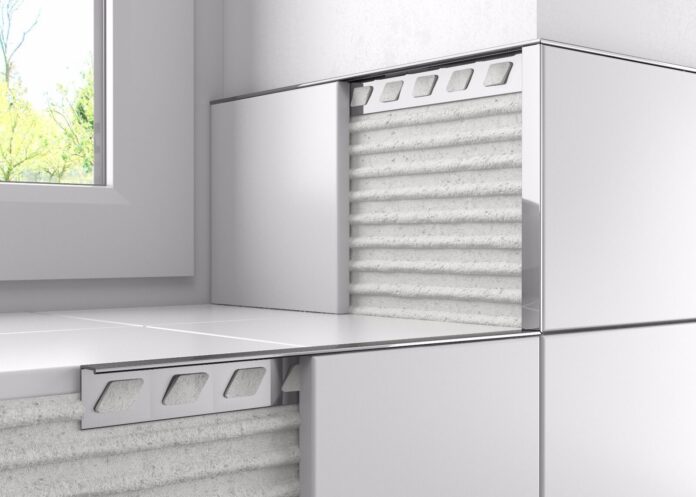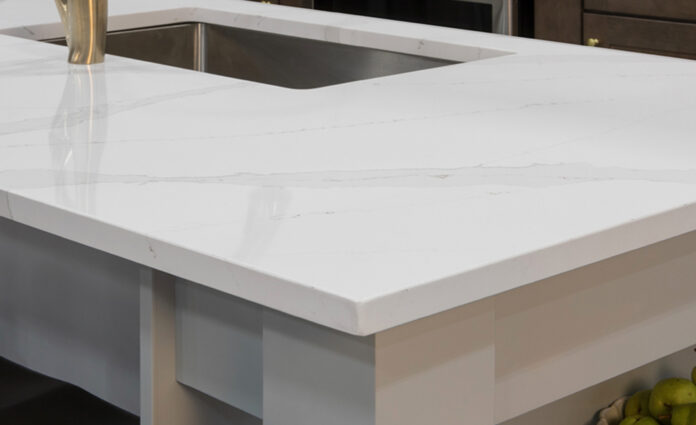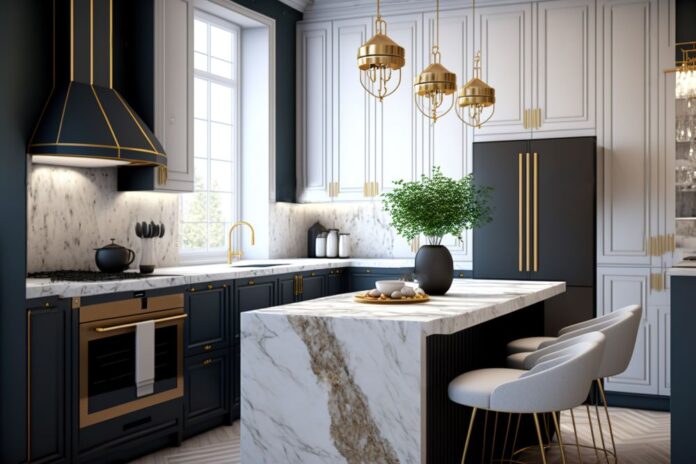When selecting bathroom or kitchen countertops, most attention goes to the surface material and color. Nonetheless, the type of edge chosen is also important for complementing the space’s decor while providing functional performance.
Countertop edges come in a diverse range of profiles, from rounded to square, which affect the look, durability and maintenance required. As a key detail affecting aesthetics and usability, edge profiles warrant careful consideration in the countertop decision process.
Straight Edge Profiles

The most common and economical option is a standard straight edge according to the people over at Bedrock Quartz. This simple squared-off look has a clean, understated style fitting modern and traditional spaces alike.
The crisp lines pair well with countertop materials like granite, quartz, or laminate. Straight edges work well for kitchen prep tasks requiring a little overhang to sweep crumbs into the sink. This profile suits bathrooms where a sleek vanity finish is desired.
One downside is the sharp ninety-degree angle can become a collecting point for crumbs and spills. Trapped debris is also harder to fully sanitize in straight crevices.
Standard straight edges generally need sealing to prevent moisture damage in high-use areas around sinks. Overall, the minimalist look and affordable price make simple straight edges a versatile and practical option.
Beveled Edge Profiles

For softer lines and fewer hard-to-clean corners, beveled edges create subtle angling moving down from the counter surface.
A slight slope of around 30 degrees helps guide spills and debris into the sink without aggressive pointing. Beveled edges work well in both modern and traditionally styled kitchens and baths.
The angled edge makes for easier cleaning with less buildup in tight spaces compared to sharp corners. Beveling also allows greater durability for counters prone to chipping like marble or quartzite.
There is normally no need to apply sealant to prevent water damage on properly beveled edges. The rounded transitions add safety in spaces used by small children as well. Beveled edges cost slightly more than sharp edges but add aesthetic appeal and functionality.
Full Bullnose Edge Profiles
For a striking, rounded look, full bullnose edges create an oval lip that overhangs the cabinet face frame.
The dramatically curved profile makes a bold statement in contemporary kitchens and baths. Full bullnose edges soften the transition from counter to cabinet for a seamless, built-in appearance.
The exterior curving also eliminates any sharp corners prone to trapping messes. The attention-grabbing silhouette adds character to plain wall expanses.
A downside is full bullnose edges bump out much farther than flat edges, decreasing workspace near the cabinets. Proper installation is also critical to prevent cracking over time where the counter surface meets the vertical bullnose piece.
Eased Edge Profiles

Eased edges offer a happy medium between straight and bullnose profiles. Also called pencil edges, eased edges remove the harsh 90-degree angle of a standard straight edge. The profile features a rounded or beveled area about one-eighth inch wide on the underside corner.
Eased edges prevent sharpness while retaining a mainly flat edge aesthetic. They add comfort where seating meets countertops without dramatic overhang.
Eased edges also discourage dirt buildup responsible for bacteria and challenging cleanup situations in crevices. Eased edge installation requires precision cutting to ensure evenness across long counter lengths.
Conclusion
Edge profiles play a significant role in countertop selection for aesthetics and utility. Standard straight edges offer a square, minimalistic look that works with most decor. Beveled edges reduce harsh corners through subtle angling to aid cleaning and durability.
Full bullnose profiles create a rounded, protruding shape for contemporary flair. And eased edge profiles offer elements of safety, sanitation, and visual flow. Factoring in edge options brings greater design flexibility and functionality to kitchen and bathroom countertops.




